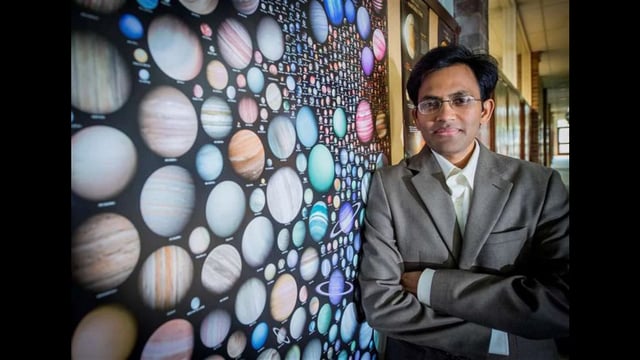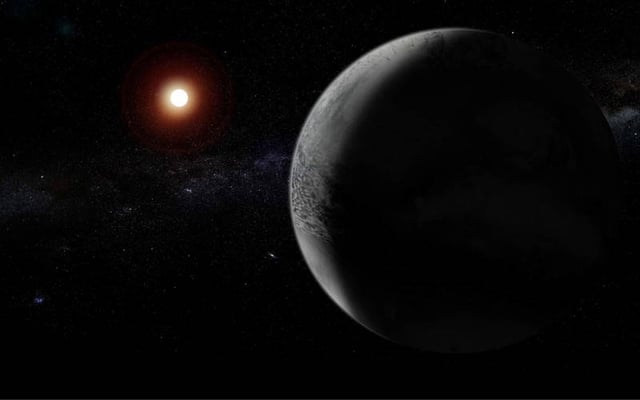Overview
- The James Webb Space Telescope (JWST) detected dimethyl sulfide (DMS) and dimethyl disulfide (DMDS) in the atmosphere of K2-18b, a sub-Neptune exoplanet 124 light-years away.
- On Earth, these gases are exclusively produced by life, primarily marine organisms, but their detection on K2-18b remains at a 3σ confidence level, requiring further validation.
- K2-18b, identified in 2015, is hypothesized to be a 'hycean' planet with a hydrogen-rich atmosphere and potential global ocean, though alternative models suggest a hostile magma surface.
- The findings, published in *The Astrophysical Journal Letters*, have sparked calls for additional JWST observations to confirm the biosignature claims and rule out abiotic sources.
- This discovery marks a significant step in exoplanet research, reshaping strategies for identifying extraterrestrial life and advancing the study of distant planetary atmospheres.

